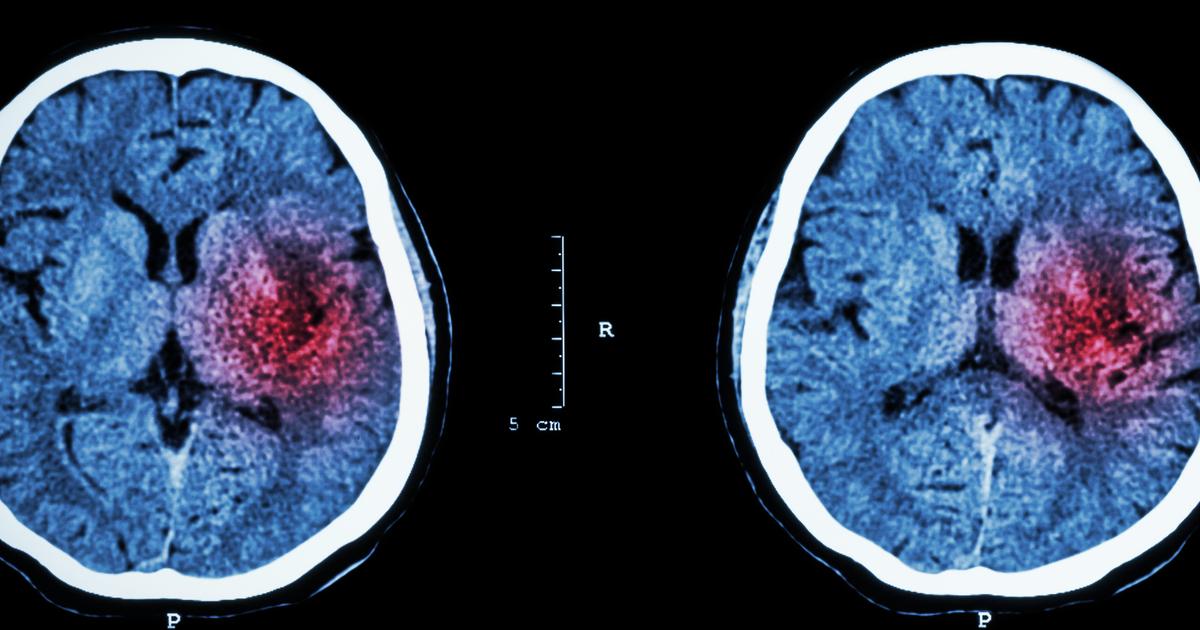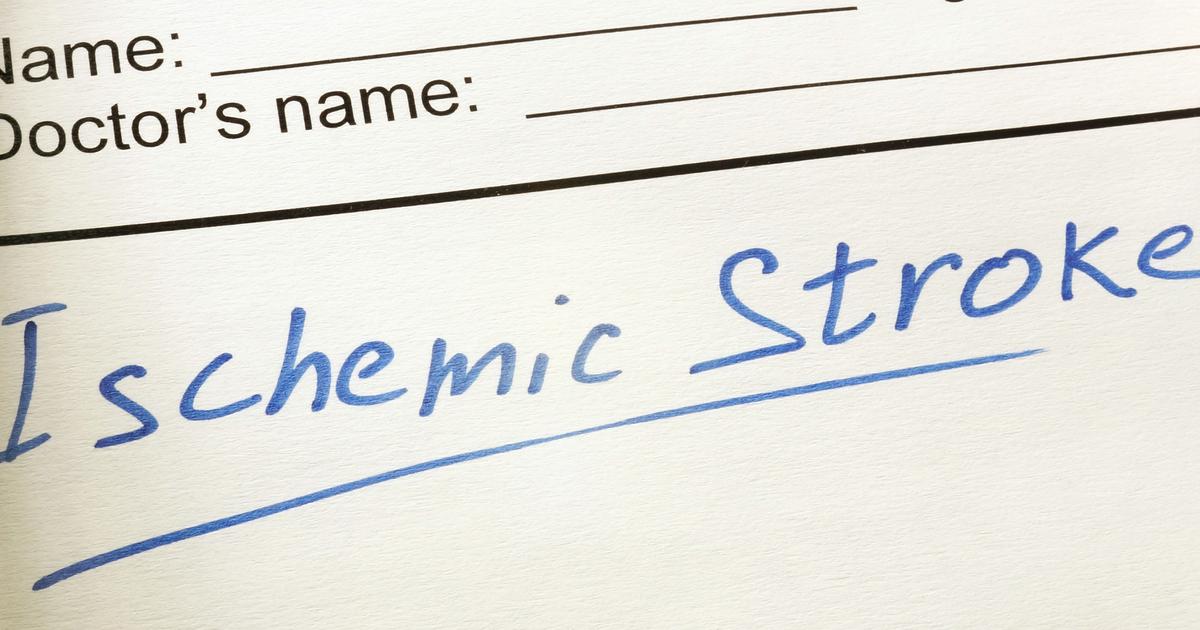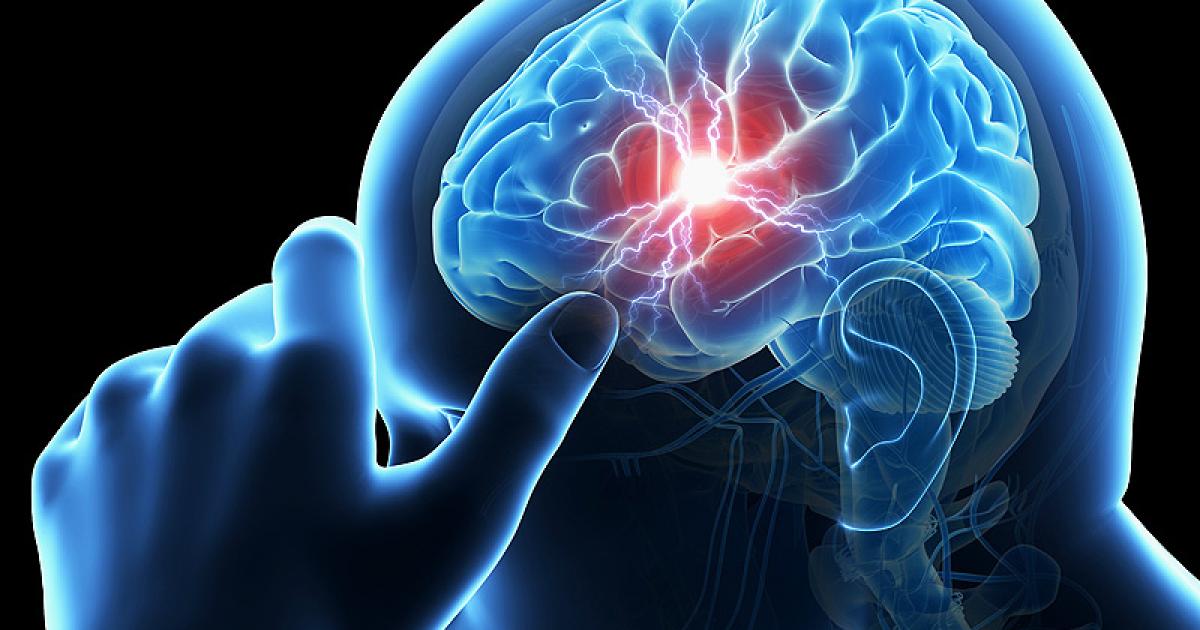10 Little-Known Stroke Varieties and Their Hidden Dangers
The word "stroke" often conjures a single, terrifying image: a sudden, catastrophic event that robs the brain of blood, leading to rapid cell death. And while that core understanding is true, the reality is far more complex and, in some cases, surprisingly insidious. Beyond the familiar, well-known types, a spectrum of less common, yet equally dangerous, stroke varieties lurk, often presenting with subtle symptoms or striking in unexpected ways. Knowing the nuances of these "unseen dangers" is crucial for early detection and effective treatment. We're about to delve into 10 astounding varieties of stroke, peeling back the layers of this devastating condition to arm you with knowledge that could protect yourself or a loved one.
1. Hemorrhagic Stroke

Hemorrhagic stroke is a type of stroke caused by the leakage of blood from an artery located in the brain. Blood gets into the surrounding brain tissue when an individual has a blood vessel that has become weakened and bursts. Brain cells become damaged from the pressure placed on them by the leaked blood, causing the damaged tissue to be unable to function correctly. Hemorrhagic stroke has two different subtypes: subarachnoid hemorrhage and intracerebral hemorrhage. An intracerebral hemorrhage that causes a stroke occurs when the bleeding is isolated to the inside of the brain tissue. A subarachnoid hemorrhage that precipitates a stroke occurs when the blood is leaked into the space between the patient's brain and the protective membranes that cover it. To treat these types of strokes, the bleeding in the brain must be mediated, and the pressure in or on the brain tissues must be reduced to prevent further permanent brain damage.
2. Ischemic Stroke

Ischemic stroke is a type of stroke that occurs when the arteries in the brain become obstructed. Approximately nine out of every ten strokes are considered ischemic strokes. Atherosclerosis, a disease where an individual develops an accumulation of plaque and fatty deposits in their blood vessels, is the most common cause of an ischemic stroke. Plaque can build up in the arteries in the affected individual's brain and result in an ischemic stroke. A blood clot can also become stuck in an artery in the brain that has become narrowed due to plaque buildup. High cholesterol levels, smoking, and high blood pressure are the two most significant risk factors for an ischemic stroke. There are two different types of ischemic strokes. An embolic stroke occurs when the blood vessels of the brain become obstructed due to a piece of plaque, blood clot, or another object formed in another region of the body travels to the brain. A thrombotic stroke occurs when a clot initially forms inside of the blood vessel contained within the brain.
3. Transient Ischemic Attack

A transient ischemic attack is a term used to describe a type of mini-stroke similar to an ischemic stroke. The difference between a transient ischemic attack and an ischemic stroke is the transient ischemic attack only lasts for several minutes and does not result in permanent damage to the brain tissue. Because a transient ischemic attack is a quick and minor form of an ischemic stroke, its symptoms are the same as those of an ischemic stroke. Most symptoms of a transient ischemic attack will last for less than twenty-four hours. Having a transient ischemic attack significantly increases the patient's risk of having a future stroke. Approximately thirty-three percent of all individuals who experience a transient ischemic attack will experience an ischemic stroke within a year. Individuals who have a transient ischemic attack may need to go on medications that help lower the risk of having another stroke or attack, such as blood thinners and blood pressure reducers.
4. Cryptogenic Stroke

A cryptogenic stroke is a type of stroke where some portion of their brain tissues has died from blood deprivation, but a specific cause is unable to be found. When an individual experiences a stroke, the physician will perform an evaluation to help determine what may have caused the stroke. This evaluation is done because future strokes can be prevented with certain types of treatment if the underlying cause can be identified. This evaluation typically includes the use of brain CT scans, brain MRI, transcranial doppler study, angiography, and a complete echocardiographic study of the patient's heart. Underlying causes that must be ruled out before declaring an individual has had a cryptogenic stroke include blood vessel thrombosis in the brain, embolus in the brain, brain tissue inflammation, and a brain aneurysm. Even though no cause has been identified for a cryptogenic stroke, they have a lower chance of a stroke recurrence than those who have other types of strokes. Less than one in five individuals who have had a cryptogenic stroke will have another stroke within two years.
5. Brain Stem Stroke

A brain stem stroke is a type of stroke where the blood supply to the individual's brain has become blocked in a location within the brainstem. Bleeding or a vessel obstruction can cause this type of stroke. The symptoms of a brainstem stroke tend to be different than those that occur in other types of strokes. An individual's brainstem is responsible for controlling their heartbeat, blood pressure, breathing, swallowing, speech, eye movements, and hearing. Individuals who have a brain stem stroke may lose their sense of taste and smell. Another complication that may occur with a brain stem stroke is called locked-in syndrome, where the whole body becomes paralyzed besides the muscles that move the affected individual's eyes. Patients who have locked-in syndrome are still able to think normally, and can communicate through the movement of their eyes. A brain stem stroke can be the most dangerous type of stroke because of the vital functions the brain stem has control over.
6. Cerebellar Stroke: The Unsteady Threat

Often overlooked, a cerebellar stroke occurs when blood flow is disrupted to the cerebellum, a critical brain region responsible for balance, coordination, and fine motor control. Unlike typical strokes affecting speech or limb weakness, symptoms here can be deceptively subtle, leading to misdiagnosis. Victims may experience sudden, severe dizziness (vertigo), nausea, vomiting, difficulty walking straight (ataxia), and head pain, often without classic facial droop or arm weakness. Early recognition is vital, as swelling in the cerebellum can dangerously compress the brainstem. Understanding this less common variant ensures proper diagnosis and swift treatment to prevent devastating neurological damage.
7. Lacunar Stroke: The Silent Strikers

Imagine a stroke so small it often goes unnoticed, yet its cumulative effect can be profoundly debilitating. Lacunar strokes occur when tiny, deep arteries within the brain become blocked, often due to chronic high blood pressure. These "silent" strokes may initially cause no obvious symptoms, or only very subtle ones like mild weakness or numbness. However, repeated lacunar strokes can accumulate over time, leading to significant cognitive impairment, memory problems (vascular dementia), and a gradual decline in motor skills. Their stealthy nature underscores the importance of strict blood pressure control and regular neurological monitoring to detect these unseen dangers.
8. Spinal Stroke: A Body's Betrayal

While most strokes affect the brain, a spinal stroke is a rare and often terrifying event where blood flow to the spinal cord is disrupted, leading to sudden, profound neurological deficits. This can result from a clot or hemorrhage, cutting off oxygen to the spinal cord's delicate tissues. Symptoms include sudden, severe back or neck pain, followed rapidly by weakness, numbness, or paralysis in the legs, and sometimes loss of bladder and bowel control. Because it doesn't present with typical brain stroke signs, spinal stroke is often misdiagnosed. Prompt recognition is crucial for minimizing permanent disability.
9. Retinal Artery Occlusion (Eye Stroke): Vision's Sudden Darkness

Often dubbed an "eye stroke," retinal artery occlusion occurs when a blood clot or plaque blocks an artery supplying blood to the retina, the light-sensitive tissue at the back of the eye. This leads to sudden, painless loss of vision, typically in one eye, often described as a curtain coming down or complete darkness. While not directly damaging the brain, it is a critical warning sign. A retinal artery occlusion often indicates underlying systemic cardiovascular disease, signaling a heightened risk for a full-blown brain stroke or heart attack. Immediate medical attention is essential to preserve vision and assess broader health risks.
10. Global Ischemic Stroke: A Brain-Wide Crisis

Unlike a localized blockage, a global ischemic stroke (also known as hypoxic-ischemic encephalopathy) occurs when the entire brain suffers from insufficient blood flow and oxygen. This typically results from a major event like cardiac arrest, severe shock, or profound drops in blood pressure, leading to widespread brain cell damage rather than a focal lesion. The effects can be devastating, ranging from coma and severe cognitive impairment to persistent vegetative states. Understanding this type highlights the critical importance of rapid cardiopulmonary resuscitation (CPR) and maintaining stable vital signs during medical emergencies to prevent widespread brain injury.
Understanding the Unseen: Your Shield Against Stroke

The world of stroke is far more intricate than often assumed, extending beyond the common forms to encompass a spectrum of nuanced, yet equally dangerous, varieties. From the subtle unsteadiness of a cerebellar stroke to the silent damage of lacunar attacks, and the terrifying suddenness of a spinal or retinal stroke, recognizing these distinctions is your first line of defense. Knowing the array of ways a stroke can manifest empowers you to identify symptoms, seek immediate medical attention, and advocate for precise diagnosis and tailored treatment. Your awareness is a powerful tool in protecting not just your brain, but your entire future.
